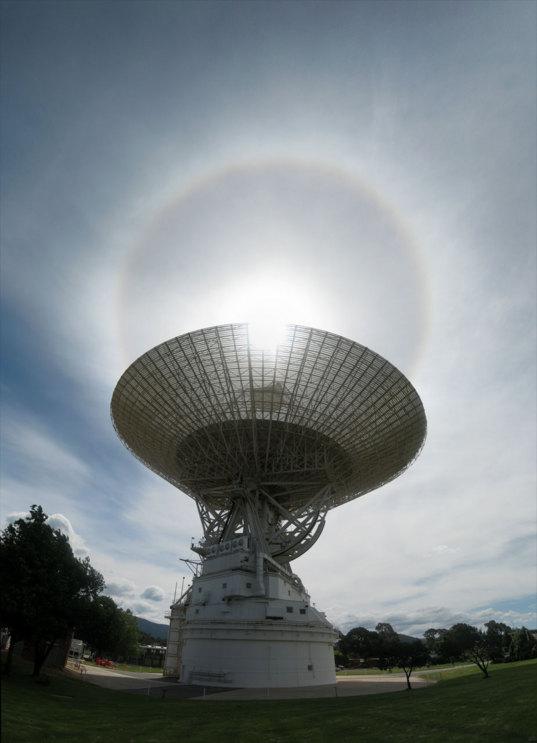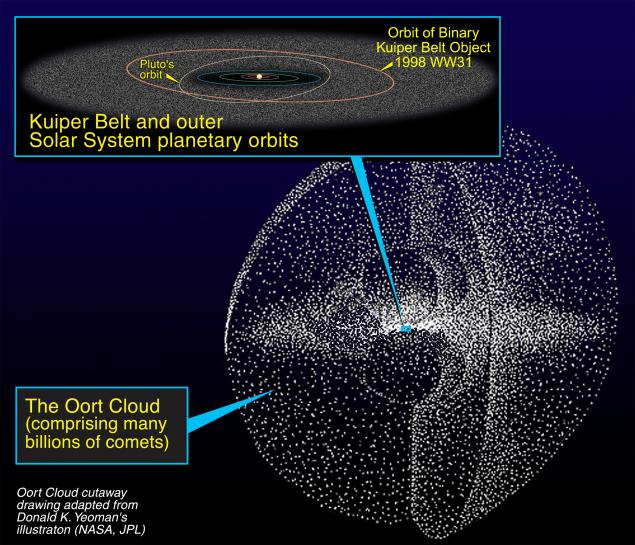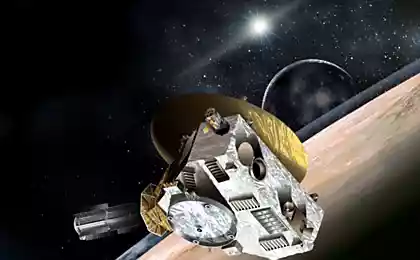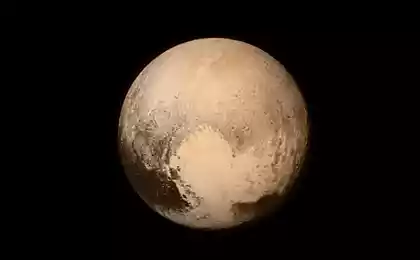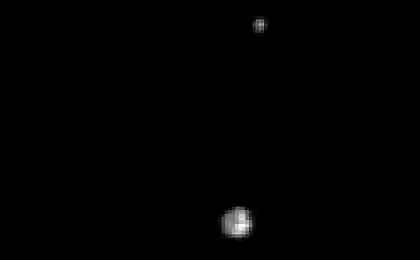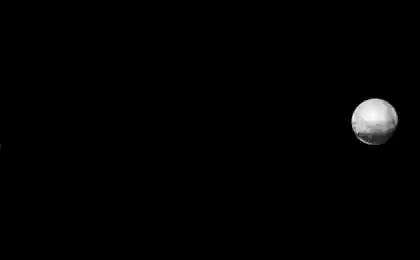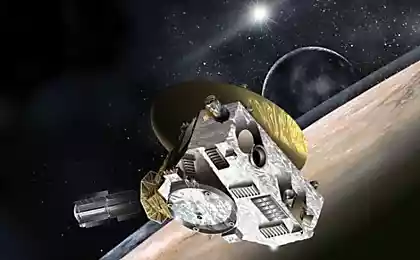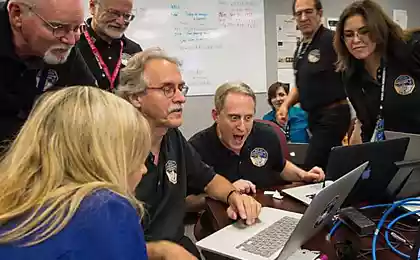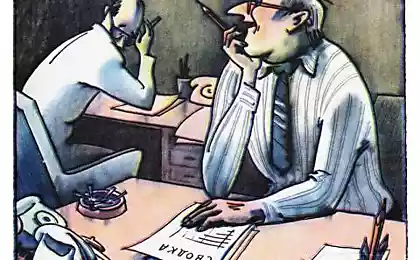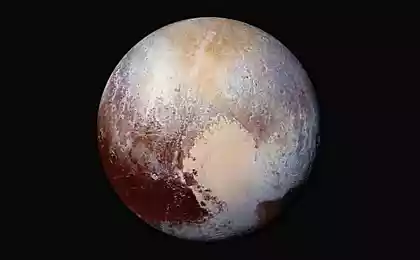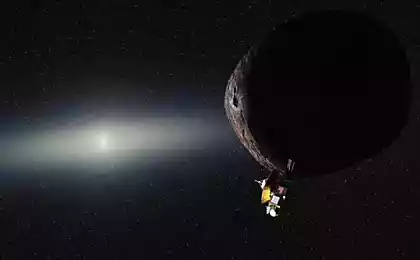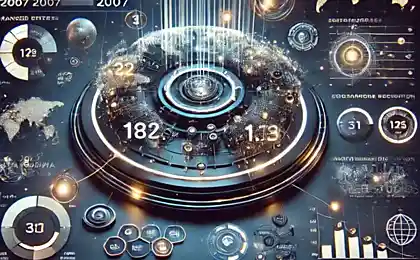1373
As scientists have doubled the data rate with New Horizons
Late last year, woke interplanetary probe New Horizons, sent to study Pluto and its moon Charon in 2006. The station made images for optical navigation, but they fall to Earth in two weeks. Why so long? After all, the camera LORRI every day makes only ten images. The answer is simple: Pluto from Earth is at a distance of thirty distance from Earth to the sun. Therefore, the radio signal is weak: New Horizons can transmit one kilobits per second. And receives data only three semidesyatimetrovye plates Deep Space Network NASA.
But the team has a station козырь in the sleeve - trick to increase the transfer rate nearly doubled.
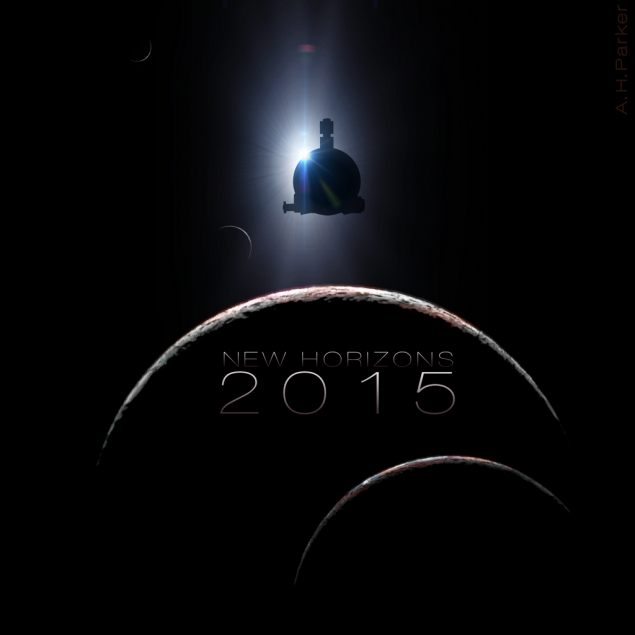
How station transmits data now? H4> To transfer data to Earth New Horizons uses one radio antenna and amplifier. The speed is 1 kbps. Receive data from such a distance capable of three 70-meter dish Deep Space Network NASA for the work that has to fight - in the best case, the team will receive one eight-hour session per day communication. During this time, can send 28 8 megabits of data. While station New Horizons aims to Earth, she does not look at Pluto, so have to choose between the transmission and collection of data.
How to increase the speed? H4> New Horizons communication system includes two nearly identical radio amplifier TWTA in the event of failure of one of them. The difference between the two - sided circular polarization. With this TWTA can transmit the same data simultaneously, and special equipment in the Deep Space Network NASA and will combine them. This will increase the signal 1, 9 times in comparison with using one TWTA.
How to keep a station aimed at the Earth? H4> To keep the antenna station oriented to the Earth, the energy needed for the positioning system. But scientists have figured out how to work around this limitation. Before long the session using two transmitters station twisted around its axis. Gyroscopic effect stabilizes its direction. To promote the station to spend fuel - hydrazine. Although the pictures using LORRI will be impossible.
But the team has a station козырь in the sleeve - trick to increase the transfer rate nearly doubled.

